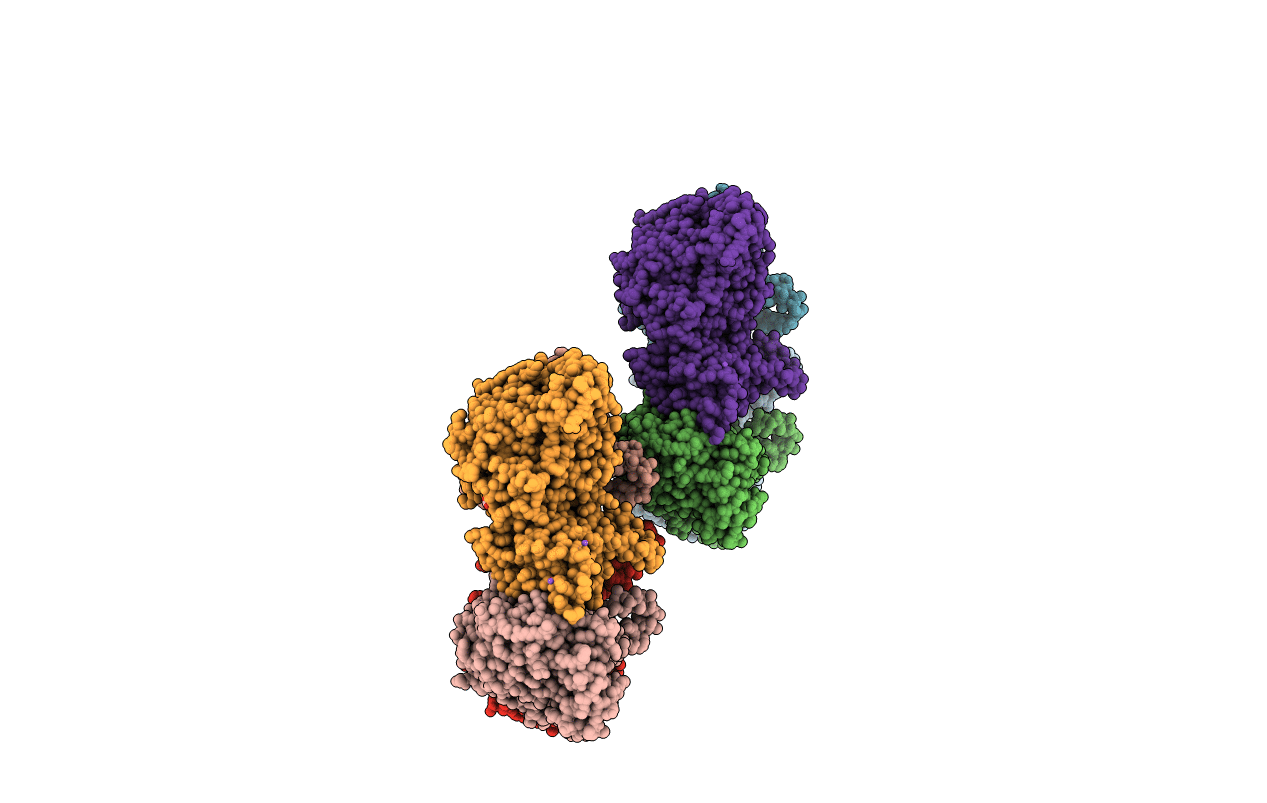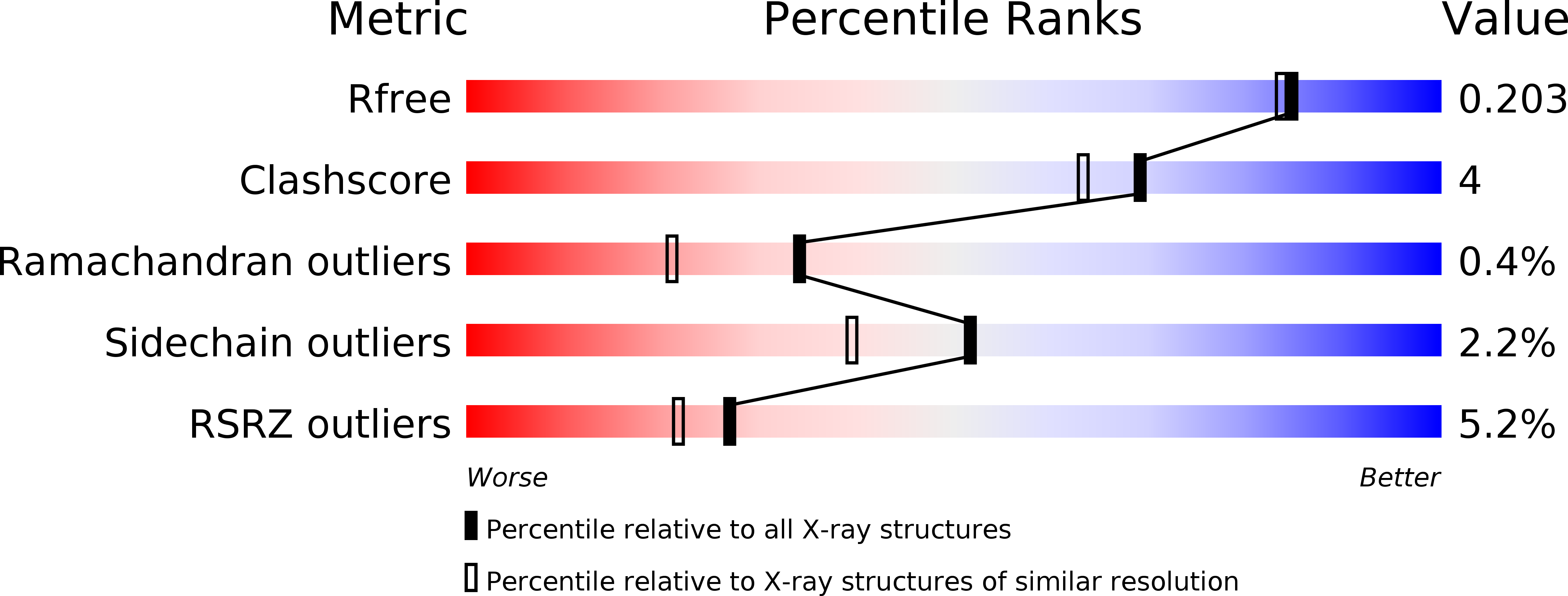
Deposition Date
2014-05-02
Release Date
2014-05-28
Last Version Date
2023-12-20
Entry Detail
PDB ID:
4D1J
Keywords:
Title:
The structure of the GH35 beta-galactosidase Bgl35A from Cellvibrio japonicas in complex with 1-Deoxygalactonojirimycin
Biological Source:
Source Organism:
CELLVIBRIO JAPONICUS (Taxon ID: 498211)
Host Organism:
Method Details:
Experimental Method:
Resolution:
1.80 Å
R-Value Free:
0.19
R-Value Work:
0.17
R-Value Observed:
0.17
Space Group:
P 1


